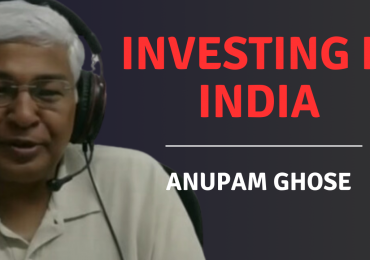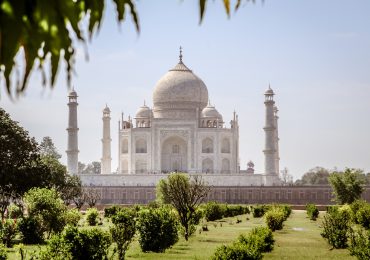In an interview with Forbes India, Sonal Varma, the managing director and chief economist for India and Asia excluding Japan at Nomura says that Asia is on the verge of a “sweet spot” thanks to slower growth in China, an increase in commodity prices, and aggressive interest rate hikes in the U.S. While the short-term growth outlook is weak, Varma contends that conditions are transitioning to allow for a growth rebound in the medium-term. Moreover, India and Southeast Asia will supersede China as the main engine for growth this decade.
The economy in India will slow down for the next 6-12 months, thanks to global headwinds caused by higher interest rates in developed markets and a possible recession in the latter half of 2023, even as investment demand is robust. Private consumption demand has skewed higher in urban areas while lagging in rural areas, though Varma expects the latter to stabilize as inflation tamps down and demand across both areas to moderate next year. She predicts that core inflation will cool down from this year’s 6.1% to 5% next year, even perhaps hitting 4.7% thanks to proactive intervention by the Indian government on the food supply-side, easing costs for manufacturing, and the possibility of a slash in fuel prices in the country, she told Forbes India.
That “divergent inflation outlook” allows Asian central banks to stay paused, even if central banks in the developed market continue raising rates, as well as cut rates before the U.S. Fed. That’s particularly true for India, where FX reserves can be put towards currency pressures while monetary policy can focus on inflation and growth. As inflation and demand slows down in the U.S., Varma believes the Royal Bank of India (RBI) to “prioritize domestic factors over the Fed” and that policy loosening will start much earlier there than expected.
While China’s growth slowdown is a drag for growth around the world, “it may not slam the brakes on global recovery,” Varma believes, though if the U.S. and European economies begin to slow down, China might not provide the growth offset that it has in the past. That means the growth recovery that comes post-slowdown might not be as quick as past cycles. But even with the Chinese slowdown, Varma says their outlook for the next 4 years shows a possible 4.2% year-over-year growth for Asia, more than the U.S. as well as other emerging markets. India and Southeast Asia could replace China as the fasting growing economies this decade. After the forecasted headwinds set to arrive in the next few quarters, “a confluence of global push and regional pull factors are aligning,” Varma says, with investors looking outside developed markets for new opportunities. Because of the overall health of its financial system, “We think Asia fits the bill,” Varma told Forbes India, with new growth opportunities in supply chain relocations, renewables, AI technology, and spending on infrastructure.



